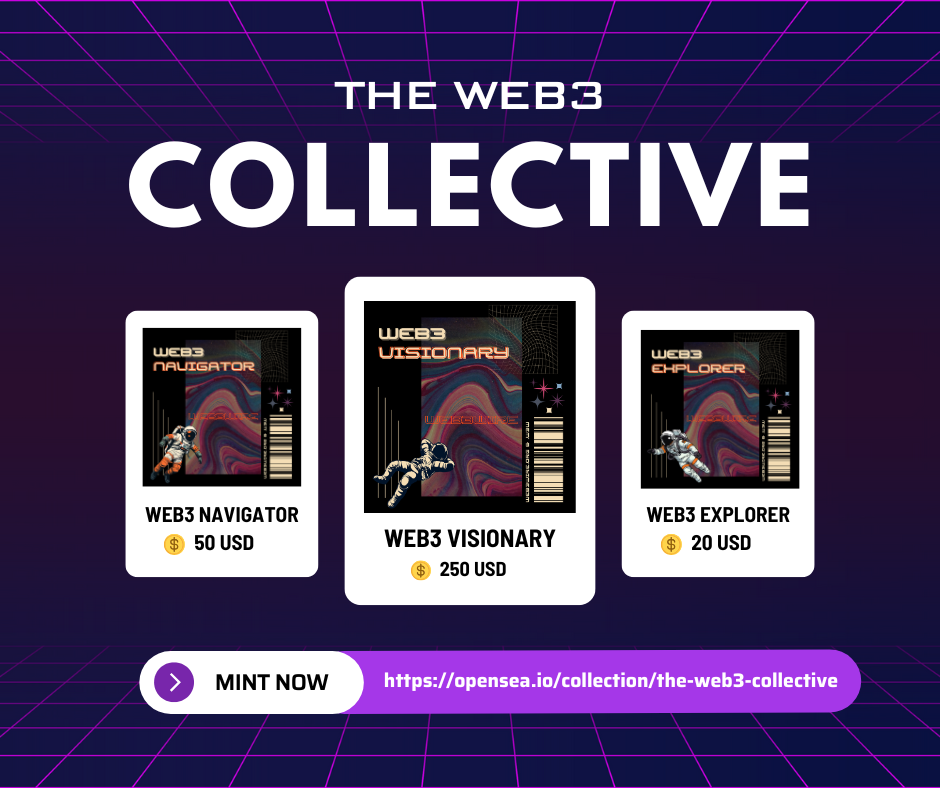The Internet of Things (IoT) is revolutionizing industries worldwide, and the construction sector is no exception. With applications that enhance efficiency, safety, and project management, IoT in construction is rapidly becoming a cornerstone of modern building projects. The IoT in Construction Market, segmented by component-hardware, software, and services-and project type-commercial and residential-is poised for substantial growth over the coming years. In 2021, the global IoT in construction industry was valued at over US$ 7.6 billion, and projections estimate it will reach US$ 34 billion by the end of 2031, growing at a robust compound annual growth rate (CAGR) of 16.2% from 2022 to 2031. As the market continues to expand, it presents various opportunities and challenges that will shape the future of the construction industry.
Don’t Miss Out: Get Your Report Sample Now – https://www.transparencymarketresearch.com/sample/sample.php?flag=S&rep_id=83553
Market Dynamics
Rising Demand for Enhanced Operational Efficiency and Safety
One of the primary drivers of IoT adoption in the construction sector is the quest for increased efficiency and safety on construction sites. IoT technologies enable real-time monitoring of machinery, materials, and personnel, allowing construction companies to optimize project schedules, reduce waste, and mitigate risks. For instance, IoT sensors and devices provide data on equipment performance, alerting operators to potential maintenance needs before breakdowns occur. This proactive approach not only extends equipment lifespans but also reduces downtime, leading to smoother project timelines and cost savings. Moreover, IoT applications enhance safety by tracking worker locations and environmental conditions, thus minimizing accidents and improving overall safety management.
Increasing Need for Data-Driven Decision-Making
With the rise of digital transformation, construction companies are recognizing the value of data-driven insights. IoT-enabled devices collect vast amounts of data from various aspects of a construction site, including worker productivity, material usage, and environmental conditions. This data is then analyzed to improve decision-making and enable more accurate project planning. By integrating IoT with advanced analytics and machine learning, companies can identify patterns and predict potential challenges, empowering project managers to make informed choices that reduce inefficiencies and enhance overall project performance. As the construction industry continues to embrace data-driven methodologies, IoT will play a crucial role in fostering smarter, more agile project management practices.
Recent Developments and Market Trends
The IoT in construction market is evolving rapidly, with new developments and trends shaping its trajectory. One of the most notable trends is the integration of IoT with Building Information Modeling (BIM) systems, which enhances the visualization and management of construction projects. BIM-IoT integration allows stakeholders to access real-time data on project progress, resource utilization, and potential bottlenecks. Another significant development is the growing use of drones equipped with IoT sensors for site inspections, surveying, and progress tracking. Drones provide a cost-effective solution for large-scale construction projects, enabling project managers to monitor hard-to-reach areas with precision and efficiency. Additionally, the adoption of wearable IoT devices is on the rise, as these devices help monitor workers’ health and alert supervisors to hazardous conditions, thereby fostering a safer work environment.
Market Challenges
Despite its promising growth, the IoT in construction market faces several challenges. One of the primary hurdles is the high upfront cost of implementing IoT solutions, which can be prohibitive for smaller construction firms. The integration of IoT systems into legacy infrastructure also presents challenges, as construction companies may lack the technical expertise or resources to implement and maintain these systems effectively. Additionally, data security and privacy concerns are significant issues in IoT applications, particularly in the construction sector, where sensitive information about project plans and worker movements may be vulnerable to cyber threats. Addressing these challenges requires a collaborative effort among IoT providers, construction companies, and regulatory bodies to develop secure, scalable, and cost-effective IoT solutions tailored to the industry’s needs.
Explore key findings and industry trends in our [IoT in Construction Market Report]: https://www.transparencymarketresearch.com/iot-in-construction-market.html
Market Opportunities
While challenges exist, the IoT in construction market also offers numerous opportunities. As urbanization continues to accelerate, the demand for smart, sustainable buildings is on the rise, creating an ideal environment for IoT applications in construction. IoT-enabled smart buildings can optimize energy consumption, improve occupant comfort, and reduce operational costs, making them an attractive option for urban developers and municipalities. Additionally, the increasing popularity of modular and prefabricated construction methods is opening up new avenues for IoT integration. In modular construction, IoT devices can track components from factory to site, ensuring precise assembly and quality control. With the global emphasis on sustainability and smart infrastructure, IoT in construction is set to play a pivotal role in transforming the built environment.
Regional Analysis
The growth of the IoT in construction market varies across regions, driven by differences in infrastructure development, economic conditions, and technology adoption. North America leads the market due to its well-established construction industry and high adoption of advanced technologies. The U.S., in particular, is a hub for IoT innovation, with numerous companies investing heavily in IoT solutions for construction. In Europe, countries like Germany, the U.K., and France are witnessing increasing adoption of IoT in construction, supported by stringent safety regulations and a focus on sustainable building practices. The Asia-Pacific region is also experiencing rapid growth, with China, Japan, and India at the forefront of IoT adoption in construction. The region’s booming construction industry, driven by rapid urbanization and infrastructure development, presents significant opportunities for IoT providers to expand their presence.
Key Players in the IoT in Construction Market
The competitive landscape of the IoT in construction market includes a mix of established technology firms, specialized IoT providers, and innovative startups. Key players profiled in recent market analyses include:
• AgileVision Sp. Z O.O.
• Autodesk Inc.
• CalAmp
• DIGITEUM
• Giatec Scientific, Inc.
• Pillar Technologies, Inc.
• Kore Wireless
• Losant IoT
• Oracle Corporation
• PlanRadar
• SIGFOX
• Triax Technologies
• Trimble Inc.
• Unearth Technologies, Inc.
• Worldsensing
These companies are at the forefront of IoT innovation in construction, offering a range of solutions from real-time monitoring to predictive analytics and asset management. Through partnerships, acquisitions, and continuous product development, these players are expanding their market reach and positioning themselves to capture a larger share of the growing IoT in construction market.
Click Here to Purchase this Comprehensive Insights Report: https://www.transparencymarketresearch.com/checkout.php?rep_id=83553<ype=S
More Trending Reports-
IoT Platform Market: https://www.transparencymarketresearch.com/iot-platform-market.html
IoT Operating Systems Market: https://www.transparencymarketresearch.com/iot-operating-systems-market.html
About Us Transparency Market Research
Transparency Market Research, a global market research company registered at Wilmington, Delaware, United States, provides custom research and consulting services. The firm scrutinizes factors shaping the dynamics of demand in various markets. The insights and perspectives on the markets evaluate opportunities in various segments. The opportunities in the segments based on source, application, demographics, sales channel, and end-use are analysed, which will determine growth in the markets over the next decade.
Our exclusive blend of quantitative forecasting and trends analysis provides forward-looking insights for thousands of decision-makers, made possible by experienced teams of Analysts, Researchers, and Consultants. The proprietary data sources and various tools & techniques we use always reflect the latest trends and information. With a broad research and analysis capability, Transparency Market Research employs rigorous primary and secondary research techniques in all of its business reports.
Contact Us:
Transparency Market Research Inc.
CORPORATE HEADQUARTER DOWNTOWN,
1000 N. West Street,
Suite 1200, Wilmington, Delaware 19801 USA
Tel: +1-518-618-1030
USA – Canada Toll Free: 866-552-3453
Website: https://www.transparencymarketresearch.com
Email: sales@transparencymarketresearch.com
This release was published on openPR.


















